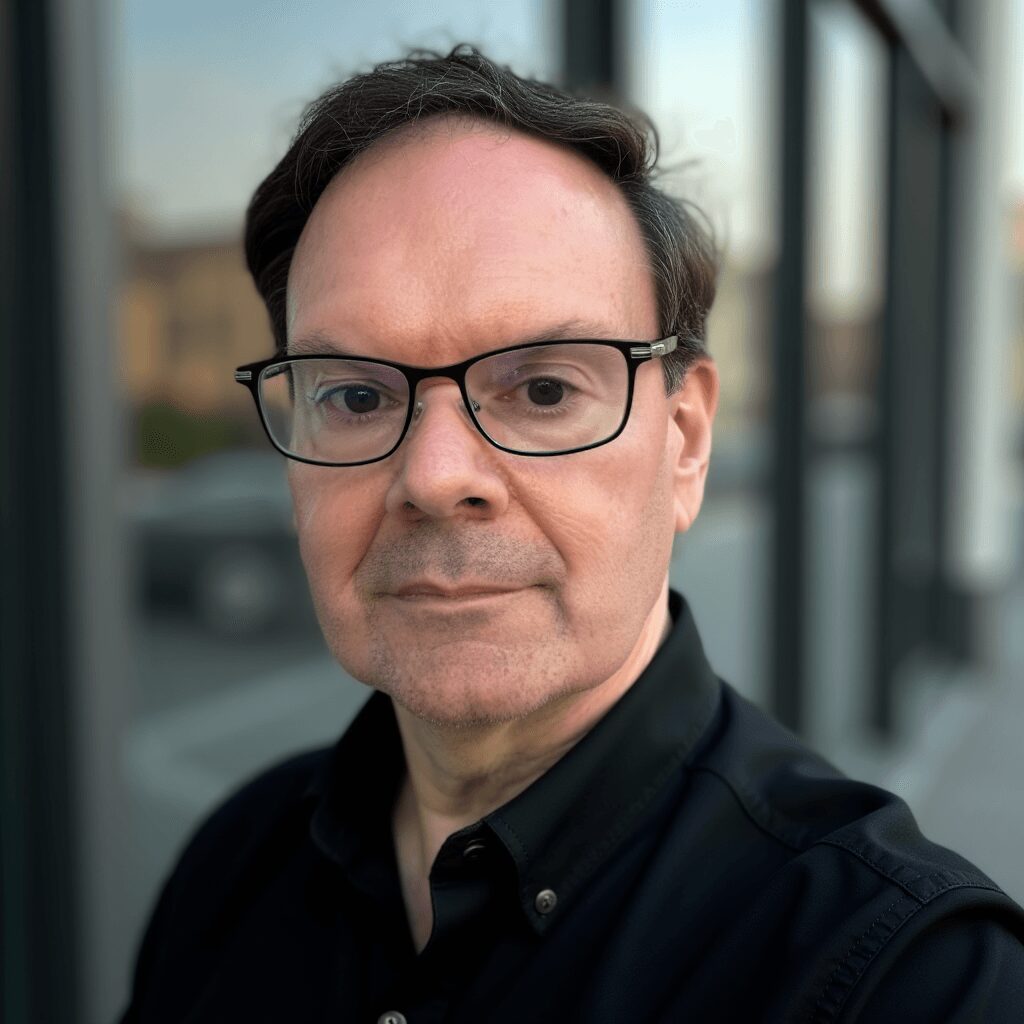

We recently had the chance to connect with Jeremiah A. Gilbert and have shared our conversation below.
Good morning Jeremiah A., it’s such a great way to kick off the day – I think our readers will love hearing your stories, experiences and about how you think about life and work. Let’s jump right in? What do the first 90 minutes of your day look like?
I start my day by opening the blinds to let in some natural light and opening a few windows to allow for fresh air. After drinking a glass of water, I start a walking meditation. I find this starts my movement for the day, while also helping to ground me. I have been practicing meditation for decades and end my days with a seated meditation, so this provides a nice balance between the two types. I then make some breakfast before completing a crossword puzzle. This leads me to some exercise, which I prefer to do in the morning. I do not check my email or look at any social media during this time.
Can you briefly introduce yourself and share what makes you or your brand unique?
I am an award-winning photographer and travel writer based in Southern California. My artistic journey began not with a map, but with a sense of wonder. Over the course of visiting more than one hundred countries, my camera has been both compass and confidant, guiding me through bustling markets, remote villages, and landscapes where the horizon feels infinite. My creative vision is rooted in curiosity—seeking out moments that are both intimate and expansive, where the quiet details of a place reveal its deeper story. My photographs are less about ticking destinations off a list and more about tracing the threads of humanity that weave the world together. Inspired by fleeting light, unguarded gestures, and the textures of everyday life, my work captures not just the way a place looks, but the way it feels to stand there, breathe it in, and become part of its unfolding narrative.
My travels have taken me to over a hundred countries and all seven continents, while my photography has been published internationally and exhibited worldwide. I am the author of four travel books, including Can’t Get Here from There: Fifty Tales of Travel, From Tibet to Egypt: Early Travels After a Late Start, and On to Plan C: A Return to Travel, which documented my return to travel post-COVID and was the first to include my photography. My most recent book, Around the World in Eighty Photos, includes images created over the course of twenty years of traveling. Each photo is accompanied by a brief story of how the image was created, along with the camera settings used.
Appreciate your sharing that. Let’s talk about your life, growing up and some of topics and learnings around that. What’s a moment that really shaped how you see the world?
My first international trip was to Tibet, and it not only started me on my travels but also gave me a focus for my photography. Up until then, my photography was more of a hobby without a clear focus. It was a challenging yet exhilarating experience that, even though I had gotten very ill at one point, I knew I wanted to repeat as soon as I got home. That trip led to travels in Mexico and Peru the following year, and by then, I was hooked.
Looking back on that trip now, I’m not sure how I managed to survive, but at the time, I didn’t know any better. I packed too much, brought too little money, and hadn’t thought of the effects of altitude sickness. Thankfully, it was a group trip, and others stepped in to help me out. In Tibet, I realized that the world is vast and that stepping out of one’s comfort zone is beneficial. While travel is often portrayed as something exotic, I strive to discover the commonalities of cultures, visiting markets and artisans whenever possible, eating where the locals eat, and finding hidden gems that aren’t in guide books.
If you could say one kind thing to your younger self, what would it be?
Cut yourself some slack. I have always been a bit of a perfectionist, more so when I was younger. While it’s good to push yourself creatively, you also have to learn when good enough is good enough. I recently read an interview with a famous musician known for being a multi-instrumentalist. He was asked about this and acknowledged that he didn’t think he was great at any of the instruments he plays, but that he was good enough on each one to write and perform the music he wanted to create. That resonated with me.
One of the things I love about travel photography is that it encompasses a wide range of styles, including architecture, landscape, and street photography. I do not claim to be a master of any of these styles, but I love each one for different reasons and am always looking at ways to improve in each. That said, I have a distinct eye and set of abilities already, and sometimes that’s all I need for what I am trying to accomplish in that moment.
Next, maybe we can discuss some of your foundational philosophies and views? What are the biggest lies your industry tells itself?
There seems to be a need in digital photography to constantly upgrade. When I was using film cameras, I owned only two over a twenty-year period—one loaded with color film and the other with black and white. In the digital era, I find that I replace my cameras every five years or so, although those around me seem to do it annually. There’s some new feature that’s supposedly revolutionary that they must have (or need to promote), though I don’t see any difference in their images. I’d rather really get to know my camera by using it over a prolonged period of time.
There also seems to be a need to travel with a lot of things. Look at the equipment that many professional photographers take with them, and you will see several bodies and lenses, tripods, lights, numerous batteries, and various accessories. For specific settings, such as sports or weddings, this is understandable. However, for travel, I head out with one camera and two lenses, no tripod, and no lighting equipment. Sometimes I have to get creative due to this—figure out how to keep my camera steady during a long exposure, for instance, or I have the aperture of the lens wide open in limited light when I might want to use a higher f-stop, which means dealing with a much shallower depth of field and narrower focal plane.
Lastly, there is no perfect camera. There are endless debates online about which system is best and which specs are better—full-frame versus crop-sensor is a never-ending one. However, the best camera for you is the one you will use and the one that suits your style. I prefer full-frame cameras, as they align with what I learned using 35mm film cameras when I was starting; however, I have seen incredible images produced using crop sensors and phones. Any brand loyalty I have is more about not wanting to learn a new system and buy all new equipment than it is about anything else.
Okay, so before we go, let’s tackle one more area. When do you feel most at peace?
When I’ve arrived at a new location. All of the planning has been done, and any anxiety has left me now that I have arrived. Nothing has gone wrong yet, it’s just about discovery and anticipation.
Contact Info:
- Website: https://jeremiahgilbert.com/
- Instagram: https://www.instagram.com/jg_travels/
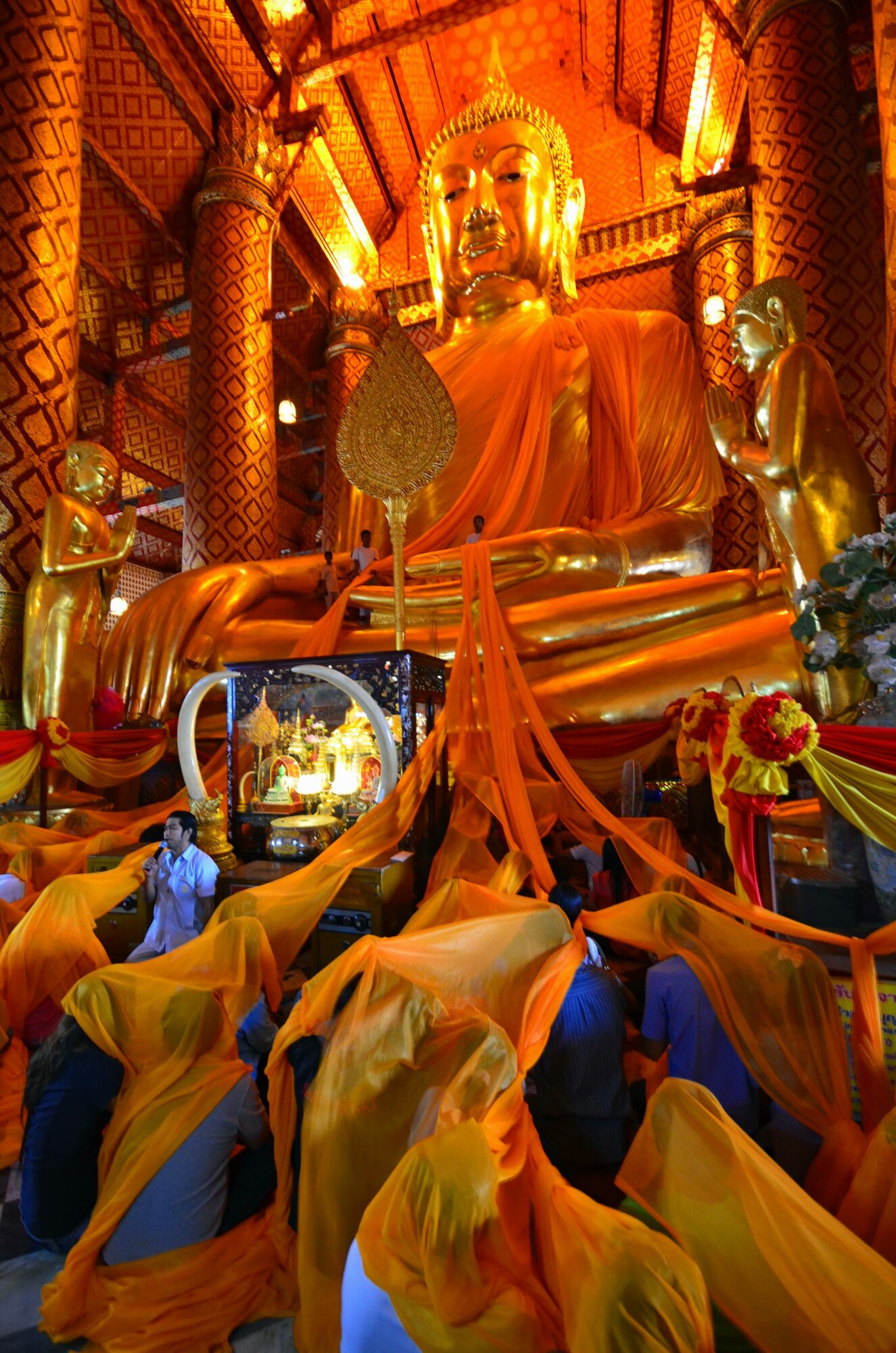
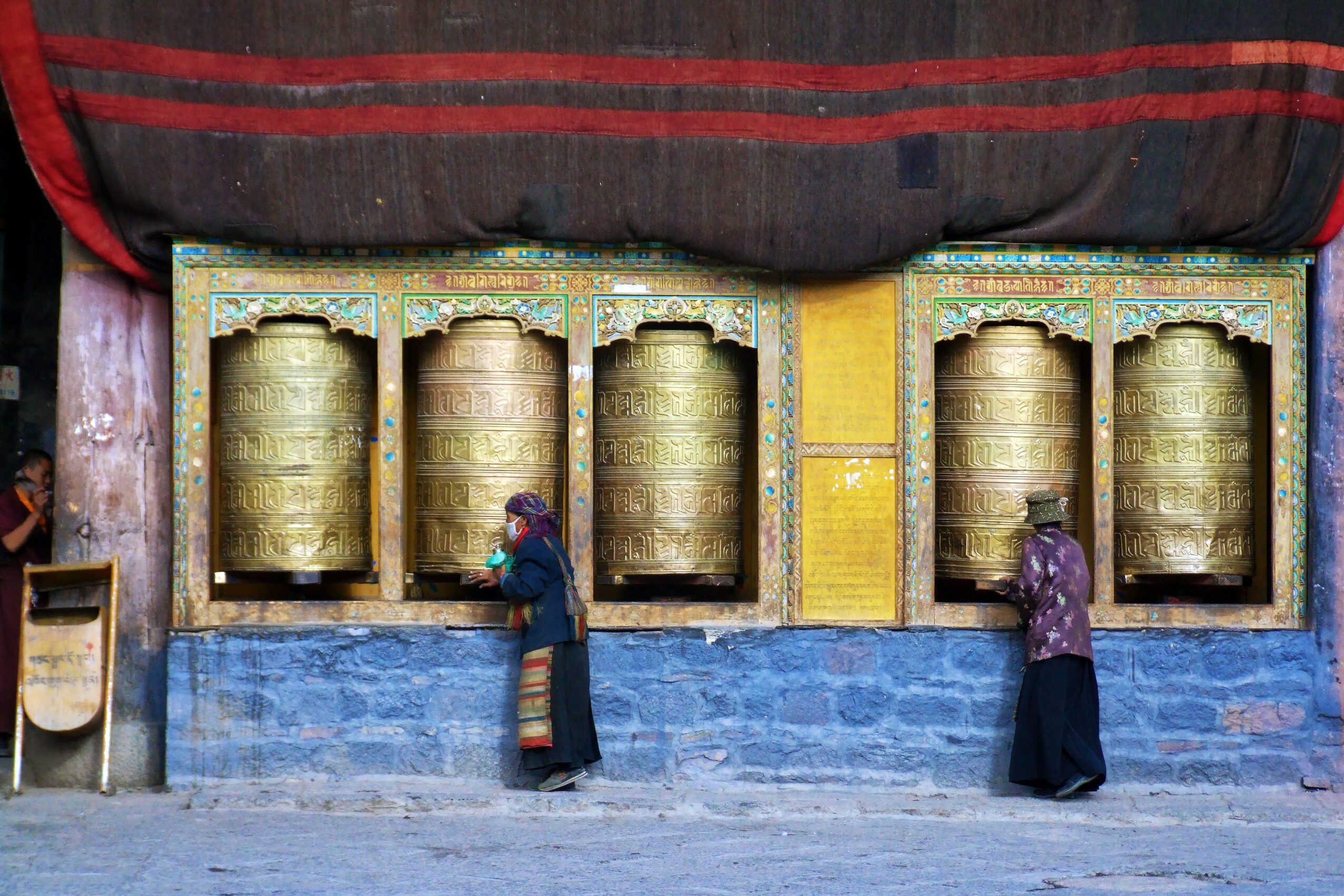
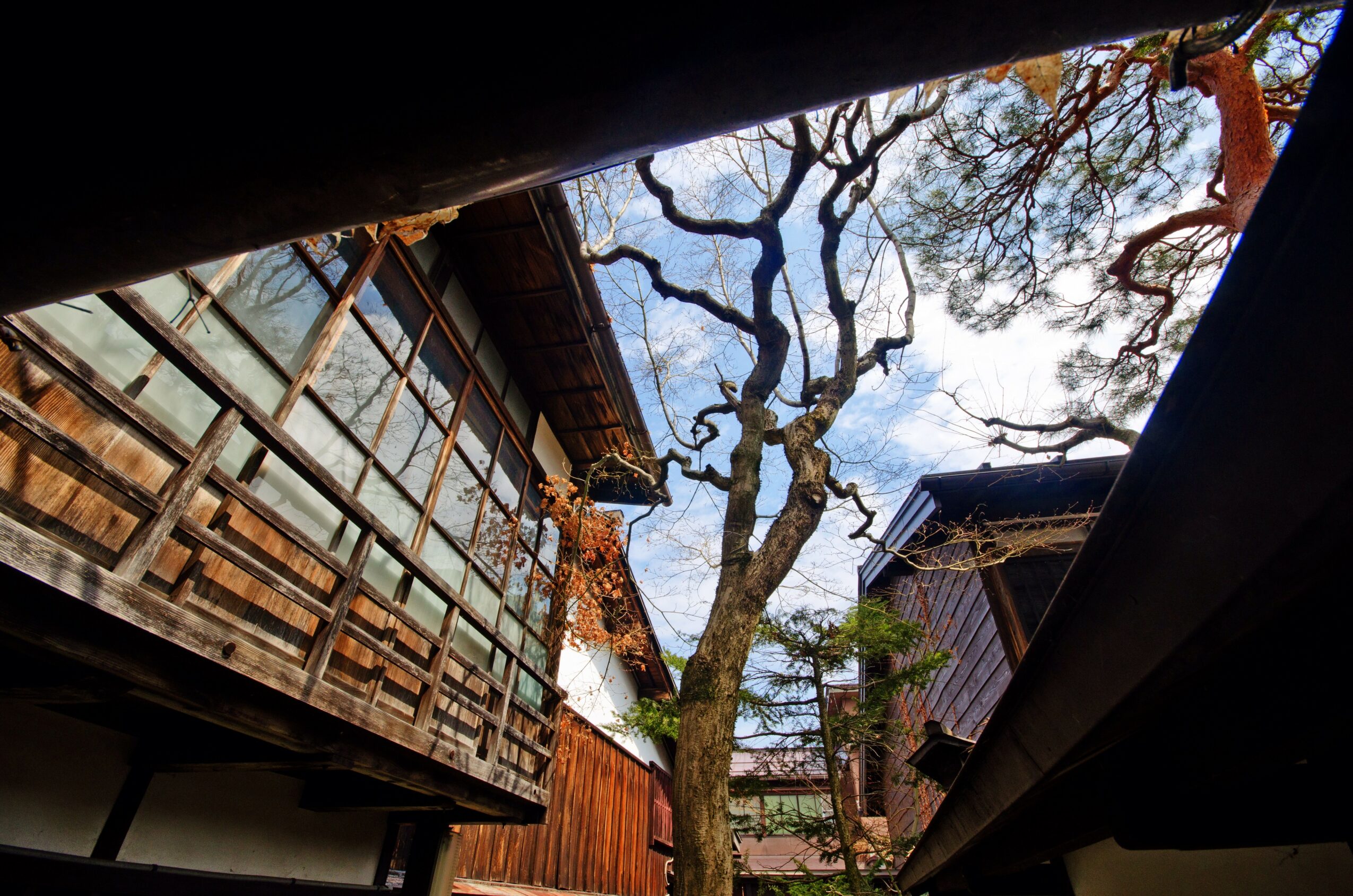
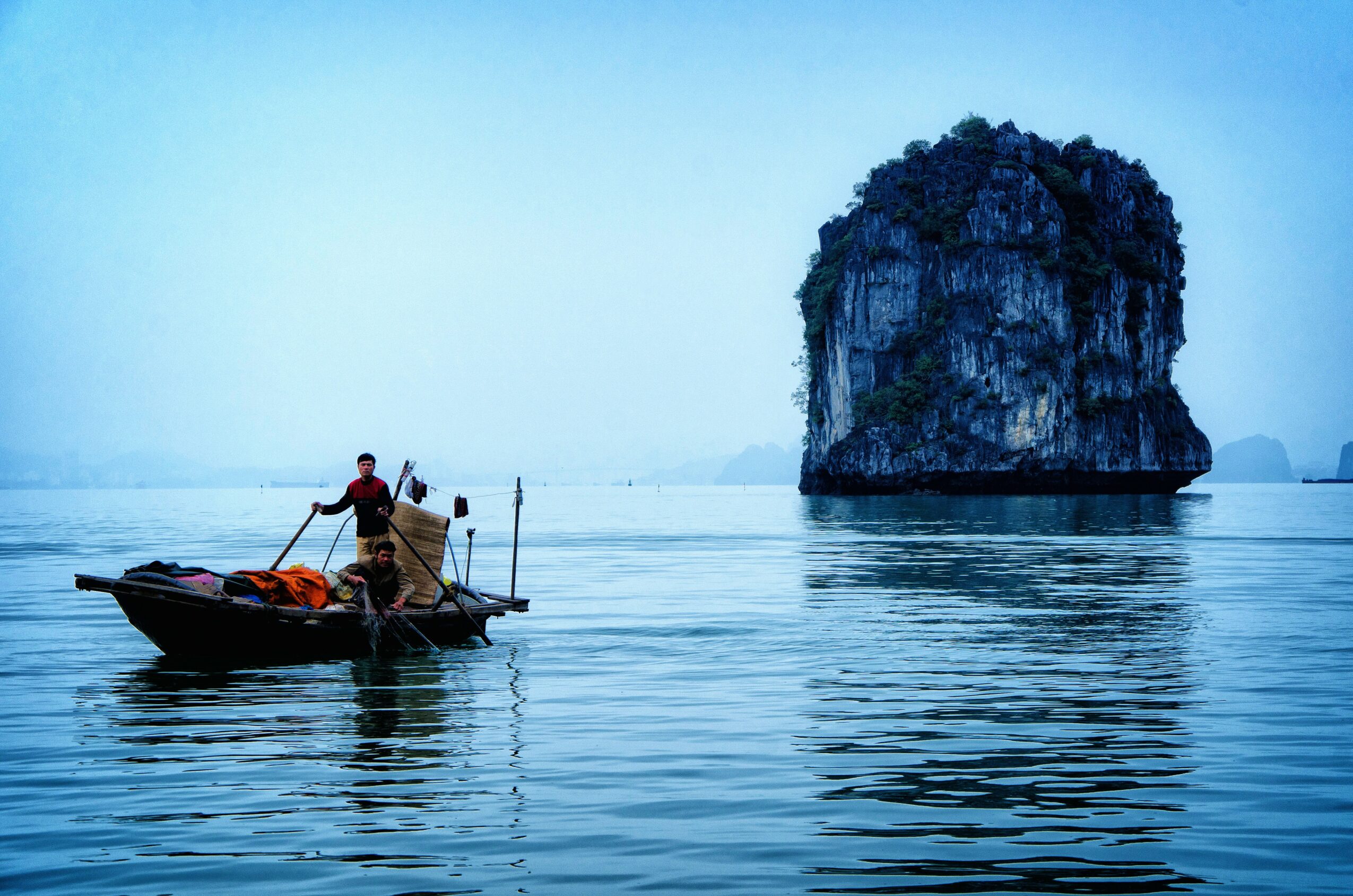
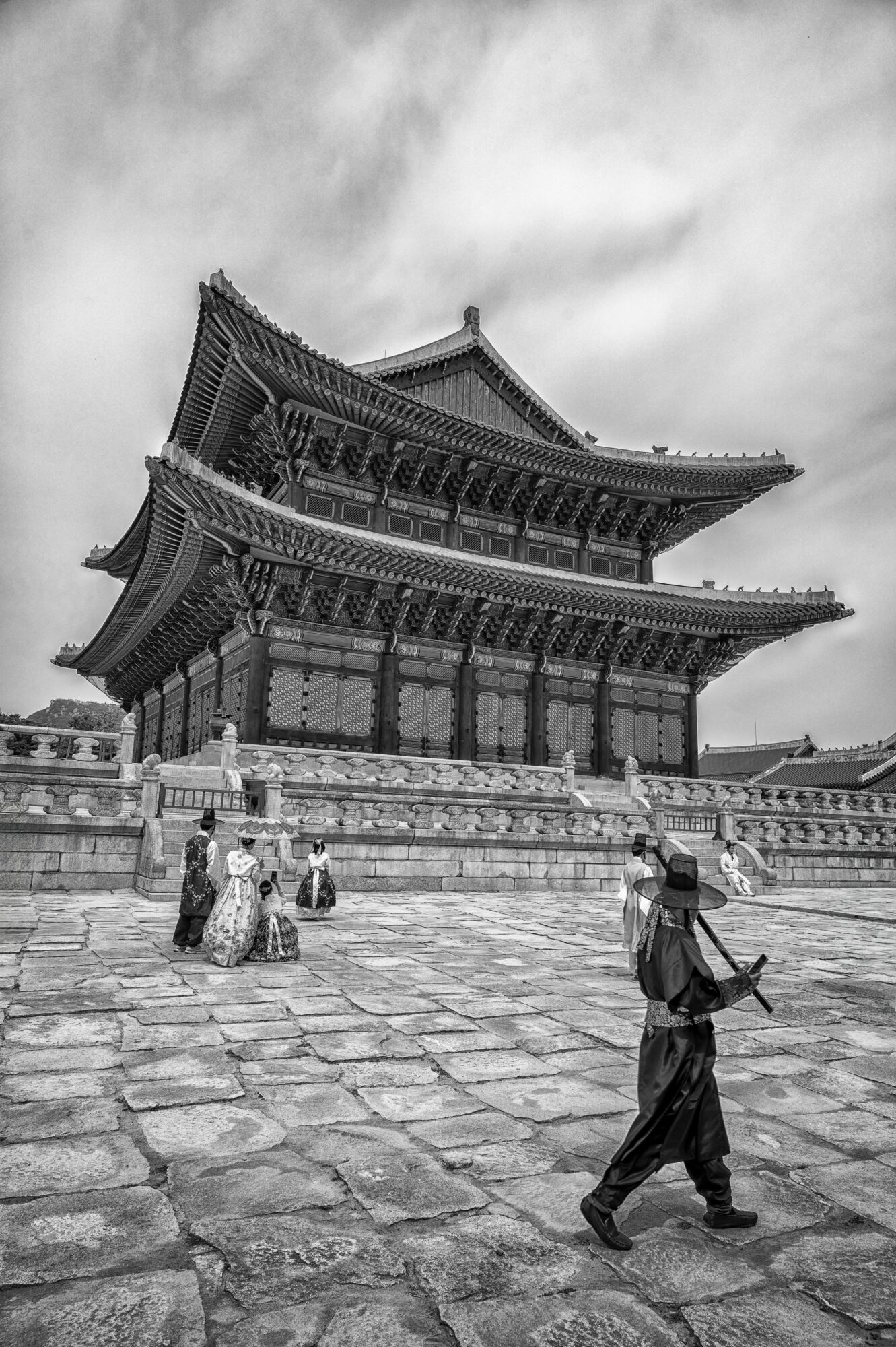
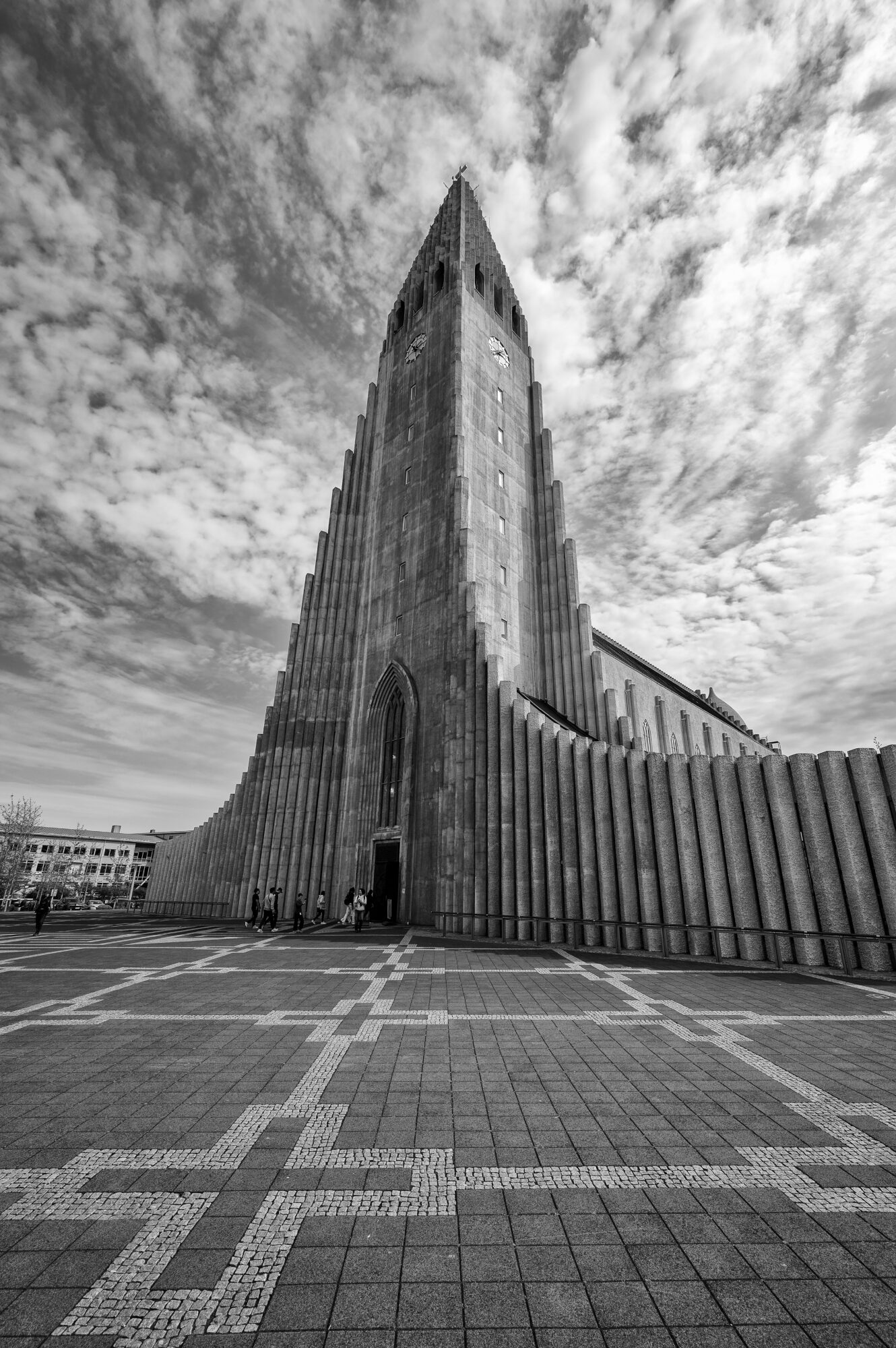
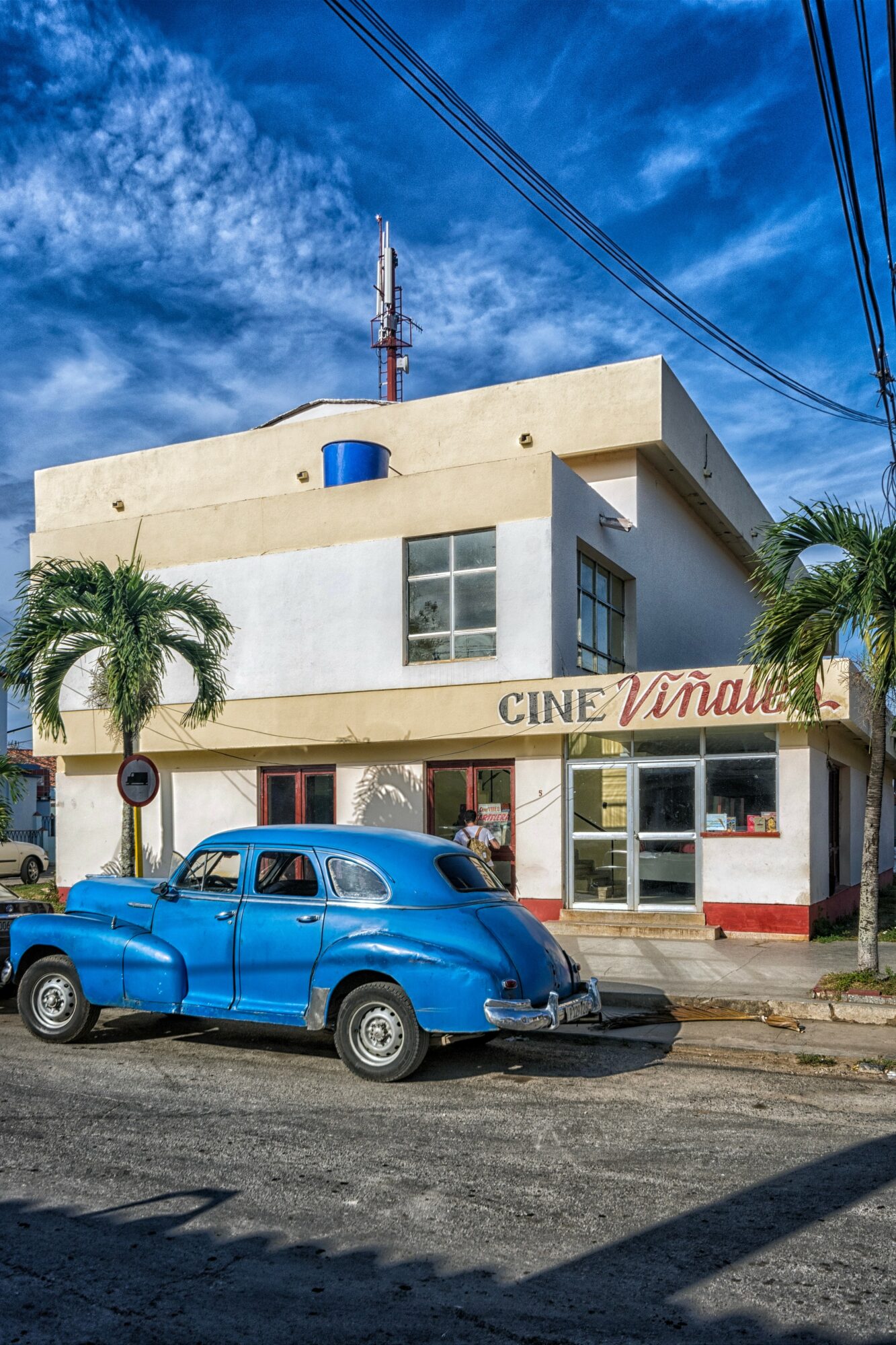
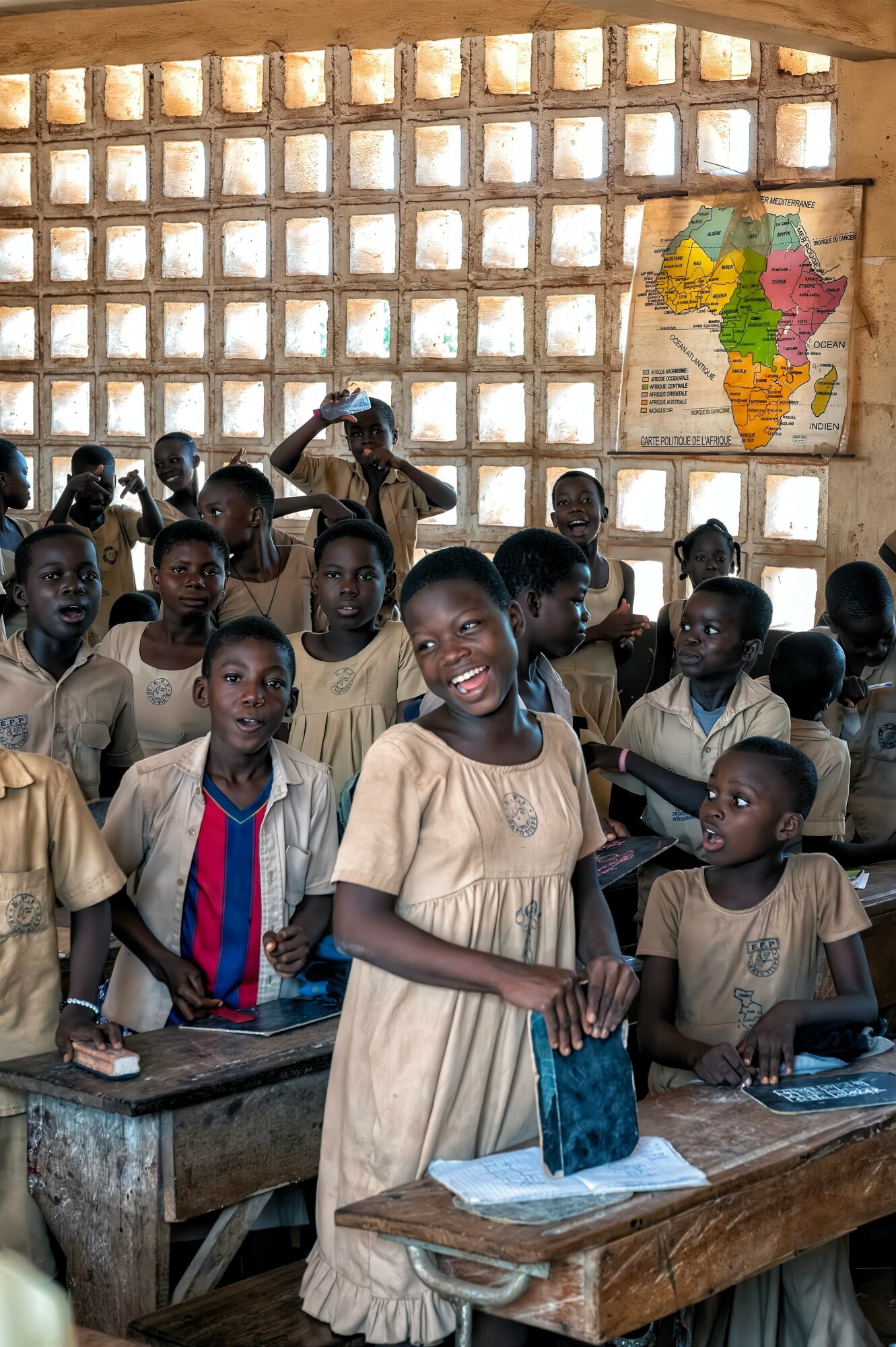
Image Credits
Jeremiah A. Gilbert














